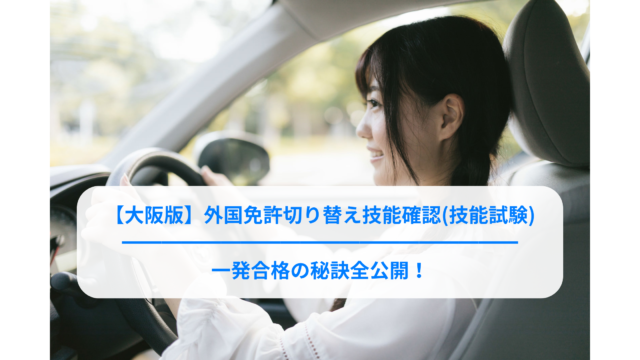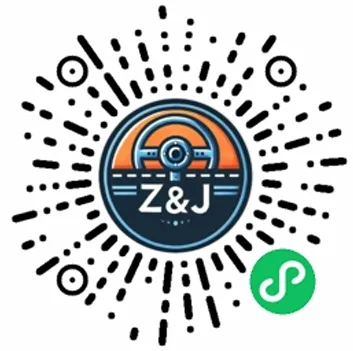
【大阪版】外国免許切り替え 技能確認(技能試験)一発合格の秘訣全公開!
目 次はじめに外国免許切り替えの技能確認(技能試験)が難しい3つの理由大阪における外免切替の技能確認対策〜指定教習所活用ガイド大阪で外免切替を行っている免許センター大阪で技能確認(技能試験)練習は指定 ... …
翻訳文の発行から運転技能試験対策までをワンストップサポート!
多言語に対応した教本や対策動画を用いて、スムーズに日本の免許証に切替ましょう!
※自社調べ(2024年10月~11月)

専用フォームより
問い合わせ
メールにて
技能試験日などの確認
お支払い
翻訳文、外国語教本、
技能確認対策動画のご送付
ご入校
※自社調べ(2024年度)
WEBサイトから
必要情報を入力
運転免許証を
撮影・アップロード
お支払い
お申込完了メール
翻訳文作成
コンビニ印刷・
ご自宅等※1で受け取り
※自社調べ(2024年10月~11月)
1本、約5分の動画を10本、9つの試験課題と本番を想定した模擬試験走行の構成です。
特に外国人の方が苦手な進路変更や右左折時の安全確認等についても動画で分かり易く解説しています。
お申込みページに移動
お支払いボタンクリック
アカウント登録・お支払い
メールから、マイページリンク・ID・パスを確認
マイページより視聴
今回が2回目の受験でした。以前はS 字コースの乗り上げで一発中止となり終了となってしまいました。今回は教習を受け、日本での運転注意箇所は外国と全然違うのでビックリしました。今回の教習はクランクとS字の運転練習を中心に教えていただき、さらに分かりやすく通過のコツも教えていただけて、当日試験受験者20 名の中の合格者4 名の中に入れました!ありがとうございました!

目 次はじめに外国免許切り替えの技能確認(技能試験)が難しい3つの理由大阪における外免切替の技能確認対策〜指定教習所活用ガイド大阪で外免切替を行っている免許センター大阪で技能確認(技能試験)練習は指定 ... …
「多言語対応」で「リアルタイムチャット」でのご相談も可能ですのでお気軽にお問い合わせください。
営業時間 10:00~18:00(平日)9:00~17:00(土日)
外免切替専用ダイヤル050-1731-8335
法人専用ダイヤル050-1707-2462

今回が3回目の受験でした。過去はすべて最後までコースを走れず、目視や確認不足で点数を多く引かれて、途中で試験中止となりました。
今回は初めて試験前に練習が出来、車両の幅寄せや目視確認を中心に練習・教えていただき、今回はスムーズに合格出来ました。